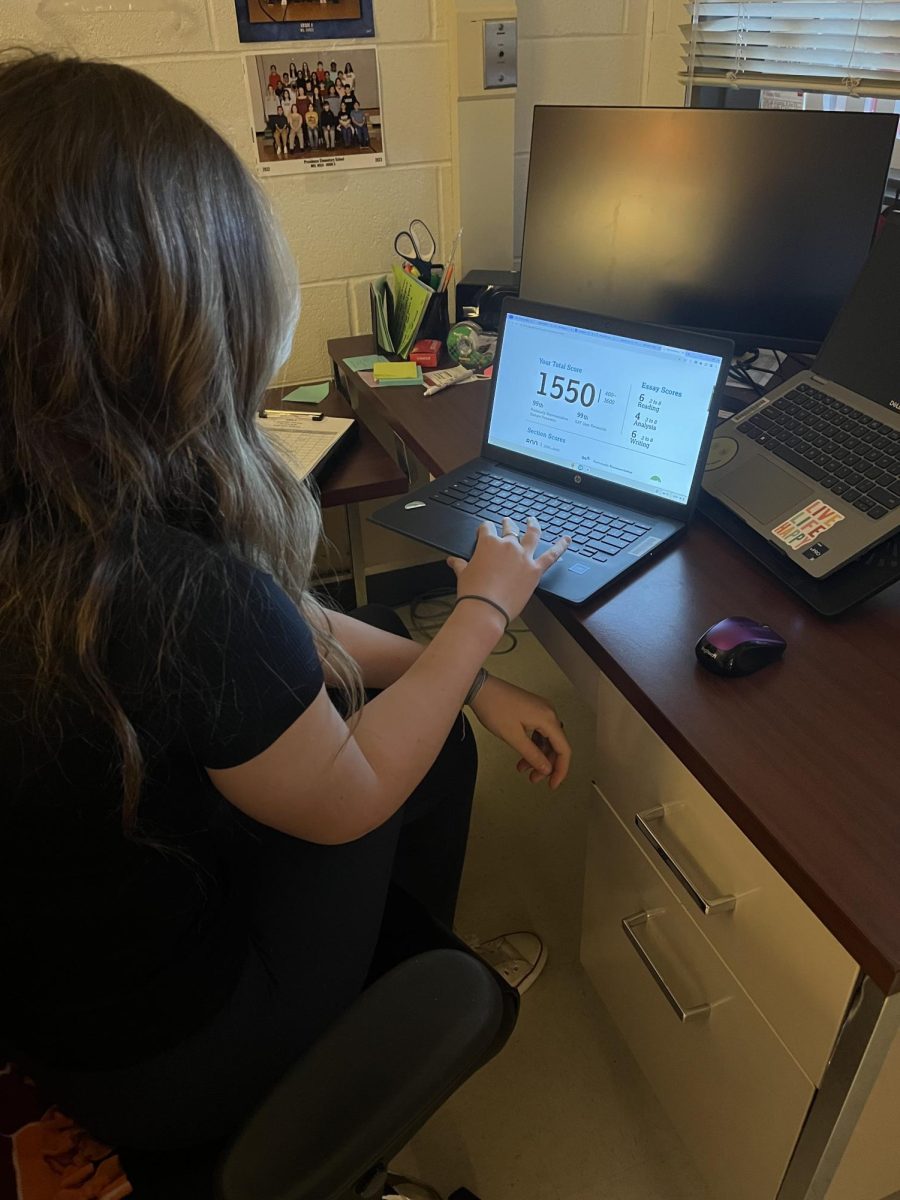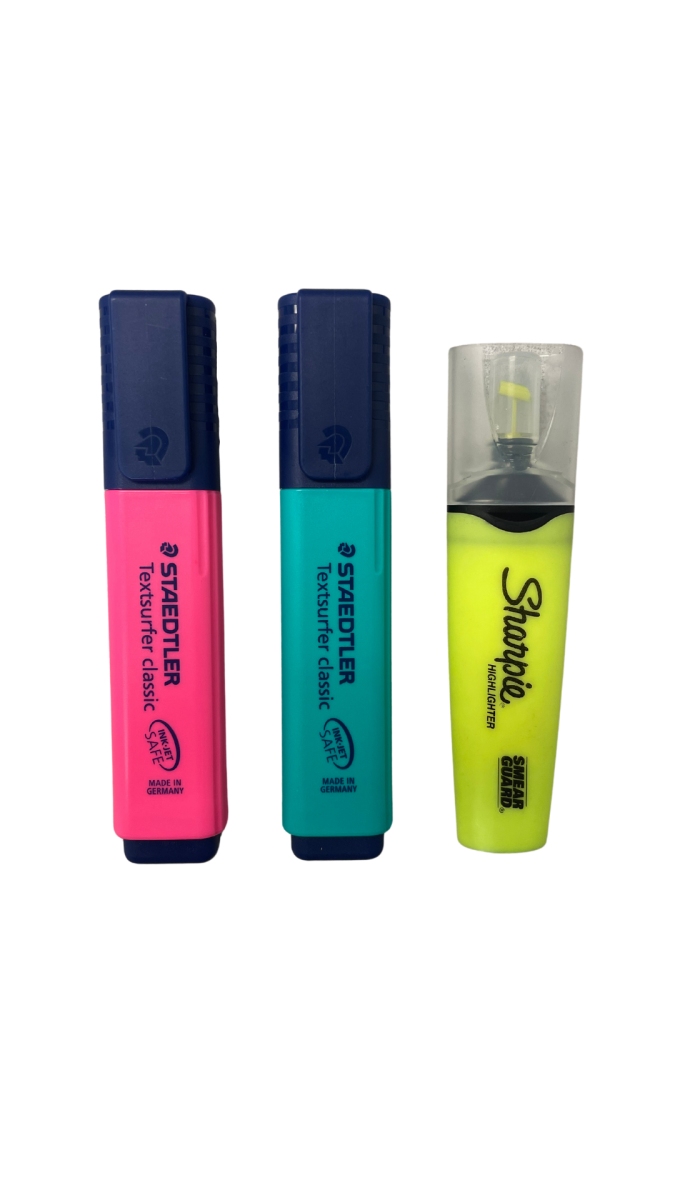It is no secret that students cheat on tests, especially in high school where students are under a tremendous amount of pressure to do well. A national study done by nocheating.org, revealed breaking the honor code had become a fairly common practice. Approximately 75% of high school students admitted to some form of “academic misgivings.” These academic misgivings included cheating on tests, plagiarizing, and copying others’ homework.
However, in a recent survey conducted during W2 Flex, 47% of students reported they never cheated on tests and 25% percent reported rarely cheating on tests; figures well under the 75% margin. Despite this, in the same survey 18% of the 332 students polled rated cheating a 10 on a scale of 0 to 10, indicating that it was a serious problem in the classrooms.
“I think cheating is a problem at all schools, including AHS. I do see some cheating within my classes, but usually it is less common in my IB classes then in my regular [classes],” junior Alli Foster said. “Students just get stressed out and resort to cheating as an easier option than having to do the work and study ahead of time.”
Research done in a separate study by nocheating.org showed that cheating began escalating among middle school children, most likely due to the onset of parental pressure and emphasis on getting good grades.
“Even though I know cheating is wrong, a lot of the time I do it anyways,” said a student who wished to remain anonymous. “There are times when it is because I am too lazy and other times because I know I will fail if I don’t. My parents pressure me to always do well in school too, so that tempts me further.”
Cheating takes varying forms, some of which students don’t consciously realize are a form of cheating. While some teachers have developed different methods for combatting the most common methods of cheating, such as passing out different versions of tests and having papers submitted through Turnitin.com, students at AHS and even in middle school have adapted to the teachers’ vigilance.
As a middle school student, freshman James Barker witnessed a friend who had broken his arm inscribe the answers on his cast during lunch. “It was before a math test,” Barker said. “He was just writing in formulas we had needed to memorize and I didn’t notice until afterwards.”
In recent years, technology has become one of several other tools students use to cheat. In addition to looking up answers, students record themselves saying important information on their iPods and hide earphones in the sleeve of sweatshirts.
One student, who wished to remain anonymous, said he uses an App on his iPhone to store answers for tests. Although only 6% of the students surveyed at AHS admitted to having cheated on a test using Smartphones, technology, especially in higher-level courses has become more common.
The majority of students preferred the more traditional methods of breaking the honor code, among which is writing answers ahead of time. Of the students surveyed at AHS, 13% admitted to using pre-written answers to cheat on tests.
“I’ve also seen girls wear low-cut shirts and put the answers [on cheat sheets tucked inside the neckline] so it just looks like they’re checking themselves,” sophomore Julia Copenhaver said.
Another student admitted to using her clothing to cheat by propping up a folded piece of paper on the inside of her zip-front sweatshirt.
After hours of homework, the temptation of copying homework from a friend becomes increasingly hard to ignore. Today between 75 and 98 % of college students surveyed each year reported having cheated in high school (www.nocheating.org). Approximately 22% of students surveyed at AHS say they have never cheated on homework, also indicating that 45% of the AHS students surveyed cheated on homework by copying a friends’. The Educational Testing Service and the Advertising Council believes that this is due to the facts that “grades, rather than education, have become the major focus of many students.” The majority of students, such as one who wished to remain anonymous, admit to copying homework assignments on a fairly regular basis.
“I try not to cheat, but I don’t think copying homework is that big of a deal,” the student said. “Most of time I copy it in the morning when we meet by our lockers.”
English teacher Bonnie Vining witnessed a similar situation when she student-taught at Louisiana State University. “I once had a remedial student copy a higher-level student’s paper; it was clear whose was whose, especially since they both had me for a teacher,” Vining said.
Despite the heavy risk and consequences of cheating, a significant percentage acknowledge that they are breaking the honor code sometimes multiple times a week, even while understanding it is wrong.
On its Academic Cheating Fact Sheet, the Educational Testing Service and the Advertising Council has posted that “fewer college officials (35%) believe that cheating is a problem in this country than do members of the public (41%),” and that “cheating no longer carries the stigma that it used to. Less social disapproval coupled with increased competition for admission into universities and graduate schools has made students more willing to do whatever it takes to get the A.”







